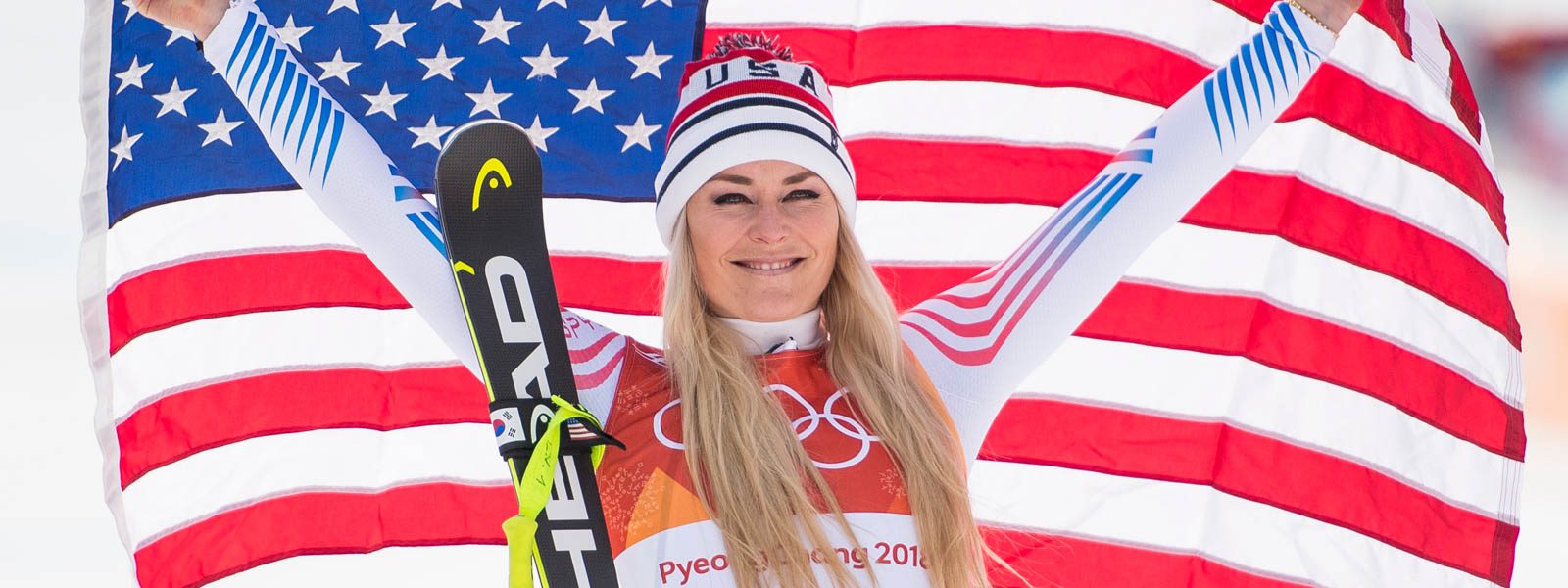Dueling for our attention

While we always come into the season feeling a little blind, not knowing who’s on pace, there’s no better occasion to whiteboard than when it comes to parallel, particularly this season. Just know if my words come off as a bit disorganized, that will accurately reflect the challenge of this discipline.
We simply don’t have a lot of data points for this one. Parallel no longer means parallel slalom. Parallel slalom is dead. Parallel is now parallel GS, and we don’t have a lot of history there, particularly with the women, for whom we had a single event last season.

“Parallel” has meant all sorts of different things over the years. A city event? It was basically a parallel slalom, slightly shorter with a curated field, and, of course … in a city. Parallel slalom was not in a city, longer and bigger fields with single elimination rounds and, more recently, involved a qualifying round. Parallel slalom once counted for the slalom title and parallel GS for the GS title. As of last year, they were their own title, but not this year because only two are scheduled for women and one for men.
Still following? Okay, onward.
Now, parallel slalom is gone, along with it much of the cross-blocking we came to love … or hate. If you look at the early runnings of parallel GS in Alta Badia, it was dead straight, and it really came down to who had the most powerful start, who could plow through the gates and swallow terrain. It favored guys like Axel Lund Svindal and Kjetil Jansrud. Good GS skiers at the time, but not the highest-ranked.

Now, with greater offset as the trend, the event should favor more traditional GS skiers, one would think. Guys like Henrick Kristofferson, Alexis Pinturault and surely Lucas Braathen. But let’s not underestimate the explosive Alex Kilde, whose quick start could provide the edge needed to beat out guys who usually get him in traditional GS.
But I can’t help but notice who will not be racing. Marco Odermatt (SUI), fifth place last year, is out due to COVID. Marco Schwarz (AUT) out with COVID. Loïc Meillard (SUI) out with COVID. Rasmus Windingstad (NOR) suffering back issues of late. Justin Murisier (SUI) is also out with COVID. That makes five of the top-15 from last year who won’t be there.
Ted Ligety is also not going to be racing.
Same thing on the women’s side. Mikaela Shiffrin will sit this one out to rest her back and remain focused on the events that matter the most to her: slalom and GS. For Shiffrin — who has struggled more than most amid the pandemic to achieve a normal volume of training and who’s coming off an emotionally exhausting weekend in Levi — the decision to not race in this one-off event is an obvious one.
Michelle Gisin: Shouldn’t we be talking about her as a player in the overall? She’s not racing either, turning her focus instead to the following week — a pair of super G races in St. Moritz, which is of course a home race for the Swiss skier. On the COVID-rattled Swedish women’s team, there will be one skier: Sara Hector.

I think the strongest team for this women’s parallel is going to be the Italians. Well, I’m guessing, but that’s what I think. Remember when there were single elimination heats and there was a lottery system to determine which course the racers would run, the fast one or the slow one? That’s no longer. Now, they ski both courses, fastest-combined time moves on, as God intended. But when Sofia Goggia, Marta Bassino and Fede Brignone drew a few short straws in last year’s parallel, they still skied into the late rounds.
The other group of women to watch are the Norwegians. Parallel happens to be Scandinavian game that is played quite often on those smaller ski areas, so the Attacking Vikings should have a level of familiarity in that regard. As their moniker suggests, they’re powerful in the start and seem to love a good duel.

Let’s take a quick look at the Americans. Tommy Ford has been battling some injuries this offseason, so it’s hard to know what to expect. However, as the discipline has evolved into one that’s more technical, the U.S. results have improved. Ford, River Radamus and Ryan Cochran-Seigle have all made it past the early rounds with RCS and Radamus getting in the round of 16 last year in Alta Badia. Youth will also be getting a shot with Bridger Gile and the Viking-plus sized George Steffie. On the women’s side, we’re expecting to see regulars Nina O’Brien and Paula Moltzan, plus Kaite Hensien, AJ Hurt and Allie Resnick, who are coming off strong performances at U.S. nationals last week. The multi-run format seems to bring out some of Nina O’Brien’s best skiing, and we should all look forward to watching Paula Motlzan ply her newfound GS speed.
Overall, let’s see where this goes. The discord in parallel has been well-documented. I’m confident the changes that were made in the offseason are moving this event in the right direction. But if we’re ever going to take it seriously, and I do enjoy watching it, the plan to schedule four races next year, along with a title, needs to come to fruition. That number will also make it a near-necessary pathway to the Overall. That’s when we will see concerted training for the discipline rather than treating it as a tangent. To be fair, COVID stole some parallel races this year, but if in the future it has to share an already overstuffed calendar with not-yet-dead Alpine Combined, that will be one too many rings in the White Circus.





















